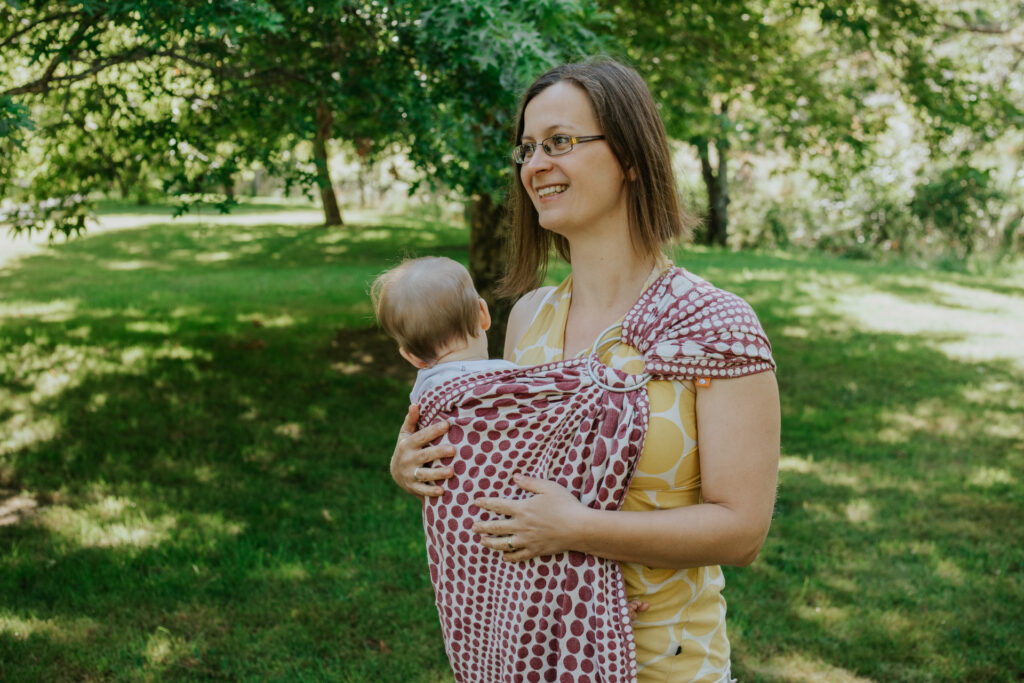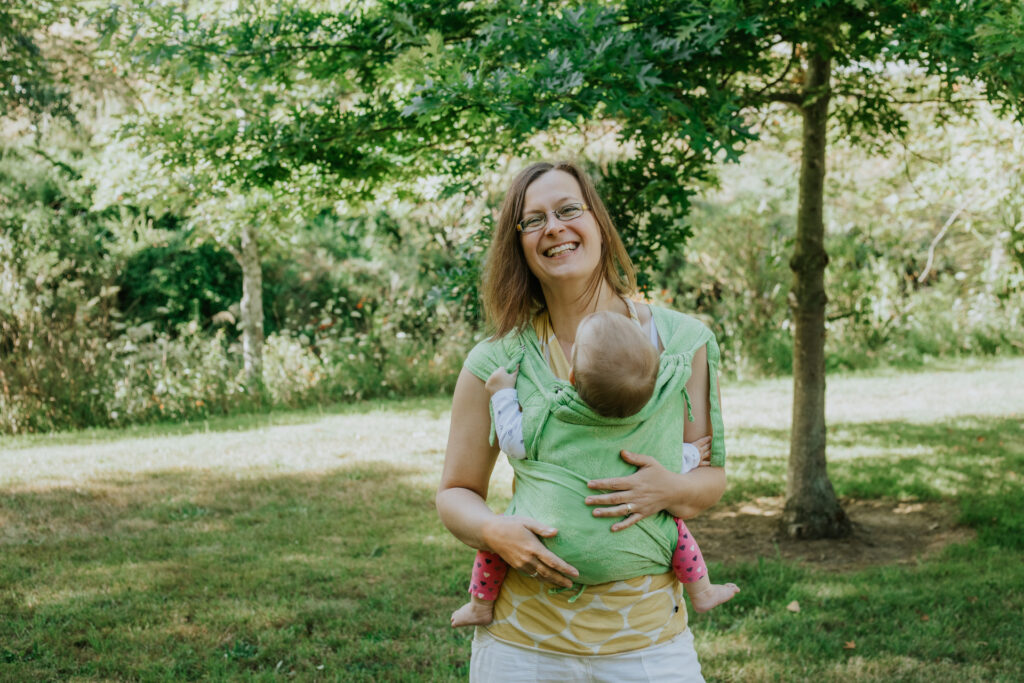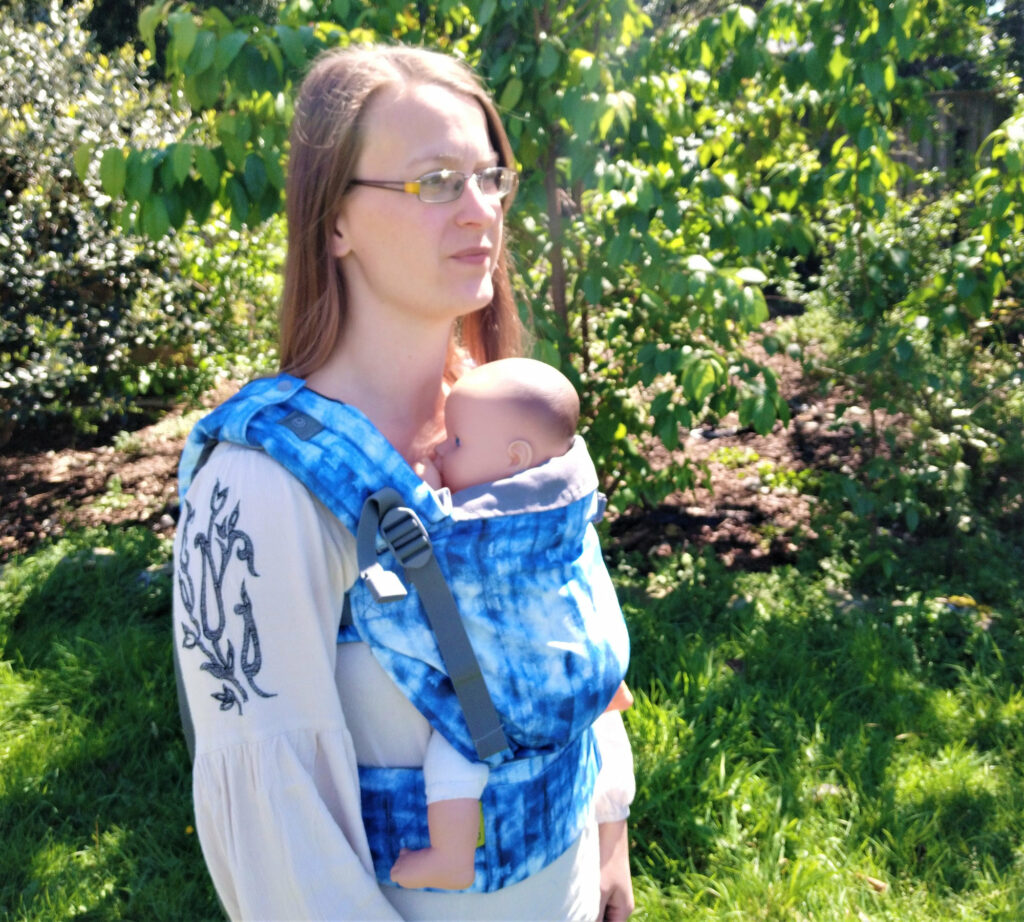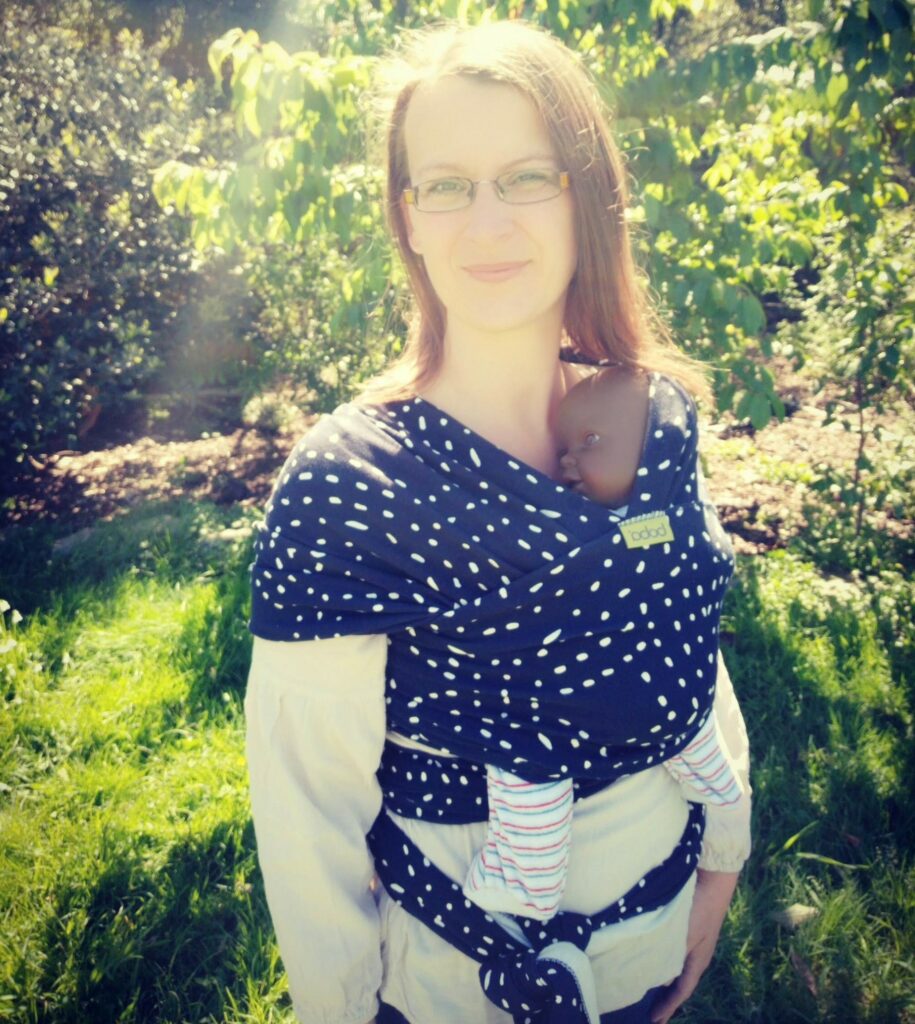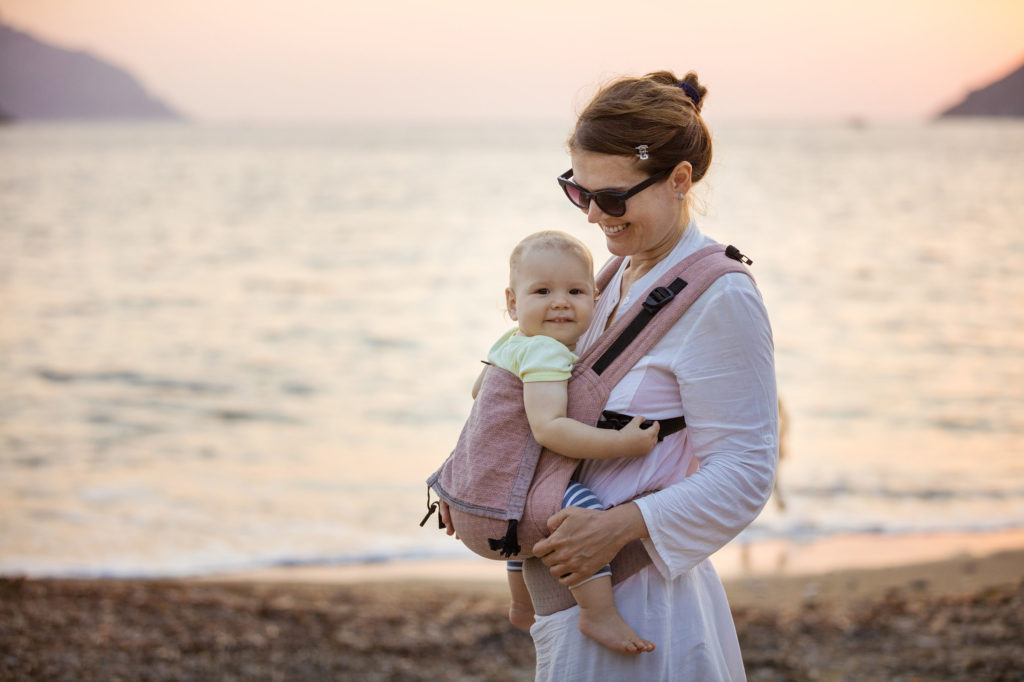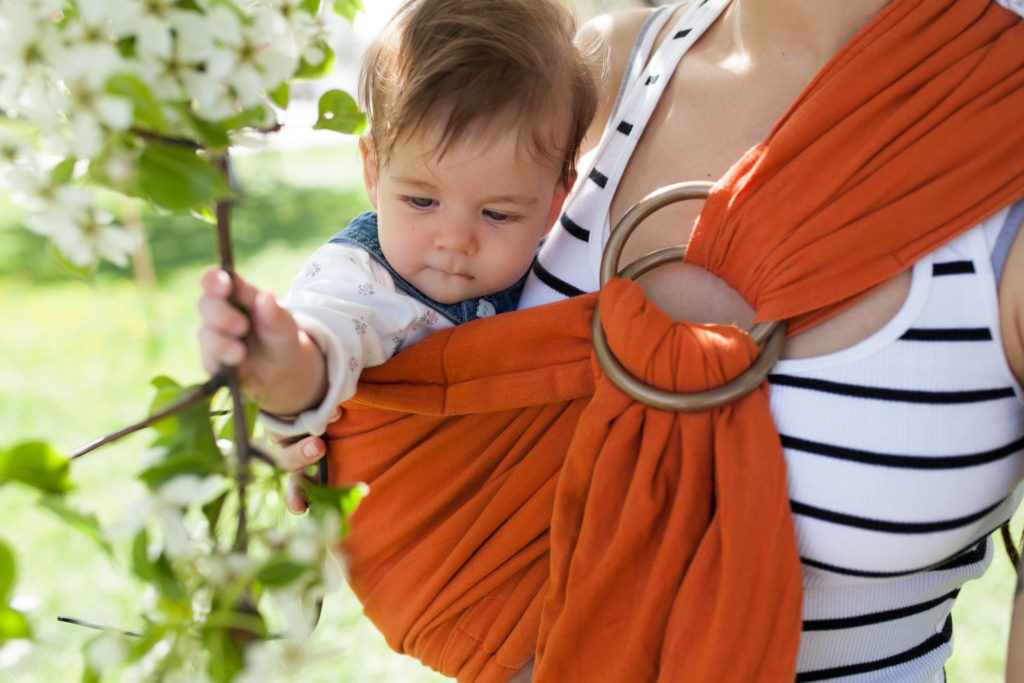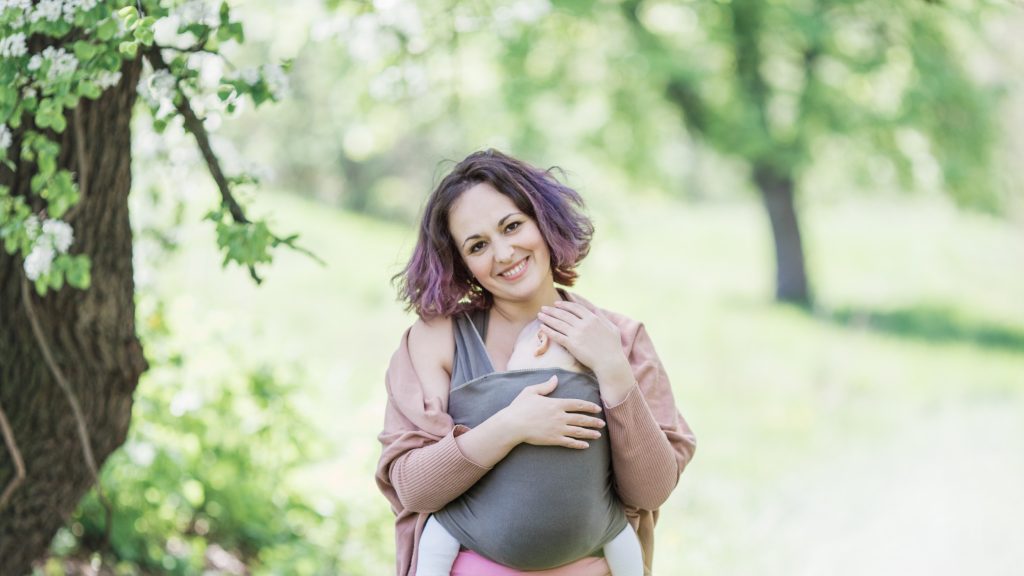My 5 top tips for using an onbuhimo
Since my daughter outgrew our Manduca carrier when she was about two years old, I have used an onbuhimo to carry her. I have found this carrier to be very comfortable for both of us. It has a wider seat for my daughter to support her long legs better and I’m happy that there is no waistband that digs into my tummy.
Onbuhimo’s are great for carrying your toddler or young child on your back. And because onbuhimo carriers do not have a waistband, it is an ideal carrier for anyone who is pregnant and would still like to carry their older child.
However, sometimes it can be a bit tricky to get a comfortable fit for your onbuhimo. These tips below should help:
…
